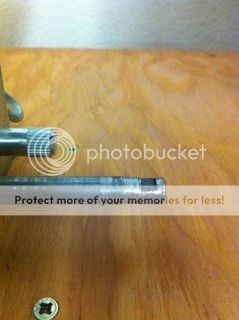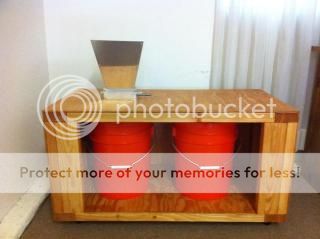kds1398
Well-Known Member
I emailed Fred about this & am waiting for a reply. I was wondering if anyone experienced a similar issue.
After both times I ran the mill using a 1/2" drill to drive it there were bits of metal shavings on the drive shaft. It appears the drill is slipping enough that it is causing an issue and wearing the shaft down enough that the area normally inside the chuck is ~1/2mm smaller in diameter. The three flats are barely there on the shaft. I am cranking the chuck on the drill as tight as i can and it is still slipping.
After both times I ran the mill using a 1/2" drill to drive it there were bits of metal shavings on the drive shaft. It appears the drill is slipping enough that it is causing an issue and wearing the shaft down enough that the area normally inside the chuck is ~1/2mm smaller in diameter. The three flats are barely there on the shaft. I am cranking the chuck on the drill as tight as i can and it is still slipping.





